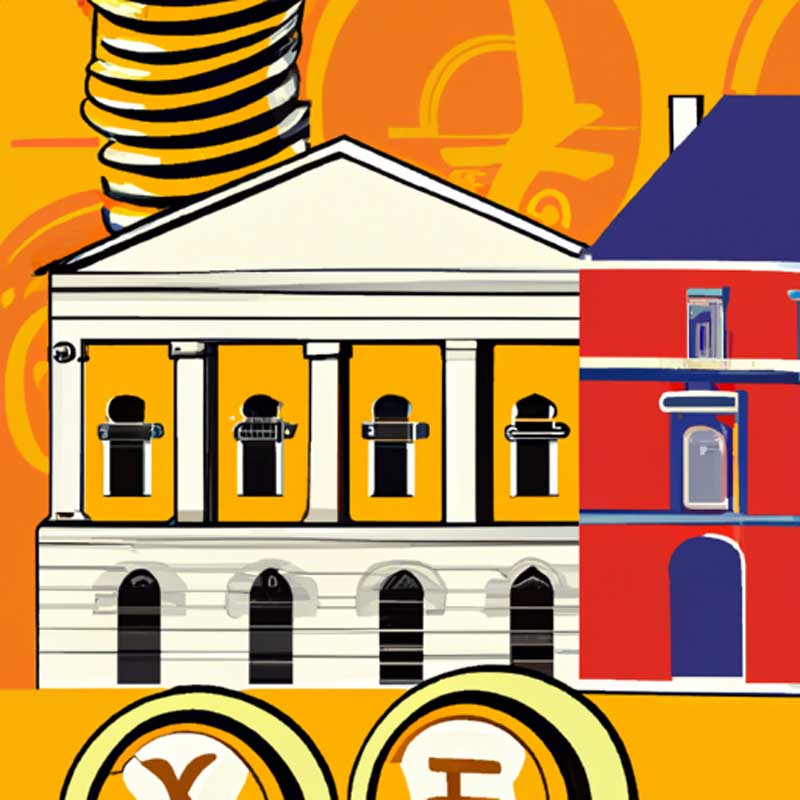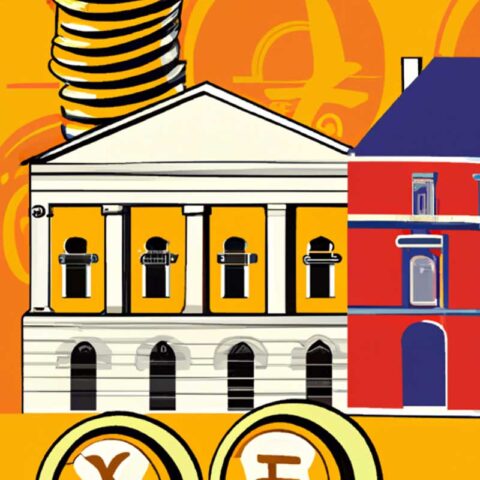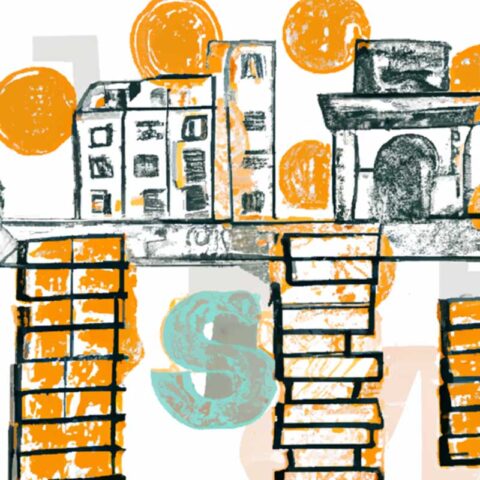TLDR
- The governor of Romania’s central bank, Mugur Isârescu, has been targeted in a deepfake video.
- The video shows Isârescu encouraging people to invest in a financial scam.
The National Bank of Romania has stated that a deepfake video featuring its governor, Mugur Isârescu, has been circulating on social media, with the video showing Isârescu endorsing a financial scam. The video, which features a manipulated version of Isârescu’s image and voice, was posted on Facebook as paid advertising. The central bank condemned the video and reported it to the police. Deepfakes, which use artificial intelligence technology to manipulate images and videos, have been a growing concern in recent years, with the potential to cause reputational damage and deceive the public.
The incident involving Isârescu raises concerns about the vulnerability of public figures and institutions to deepfake attacks. As deepfake technology becomes more sophisticated and accessible, it becomes increasingly challenging to detect and prevent such attacks. This highlights the need for robust authentication systems and greater public awareness about deepfakes to mitigate the potential harm they can cause.
Deepfakes present a significant threat to the credibility and integrity of public figures and institutions. The ability to convincingly manipulate images and videos raises concerns about misinformation, fraud, and identity theft. In the case of central bank governors, deepfakes could be used to spread false information about monetary policy decisions or to manipulate financial markets. The incident involving Isârescu underscores the need for central banks and other public institutions to be proactive in addressing the risks posed by deepfakes.
Central banks and other institutions can take several steps to mitigate the risks of deepfake attacks. Implementing robust authentication measures, such as multi-factor authentication and biometric verification, can help prevent unauthorized access to systems and reduce the likelihood of deepfake attacks. Raising awareness among employees and the public about deepfakes can also help to prevent the spread of misinformation and ensure that individuals are cautious when encountering potentially manipulated content.
In addition, collaboration between central banks, law enforcement agencies, and technology companies is crucial in combatting deepfake attacks. Sharing information and resources can help to develop better detection and prevention methods, as well as improve the ability to track and prosecute those responsible for creating and spreading deepfakes.
The incident involving Isârescu should serve as a wake-up call for central banks and other public institutions to take the threat of deepfakes seriously. By implementing robust security measures, raising awareness, and fostering collaboration, institutions can better protect themselves and the public from the risks posed by deepfake technology.







